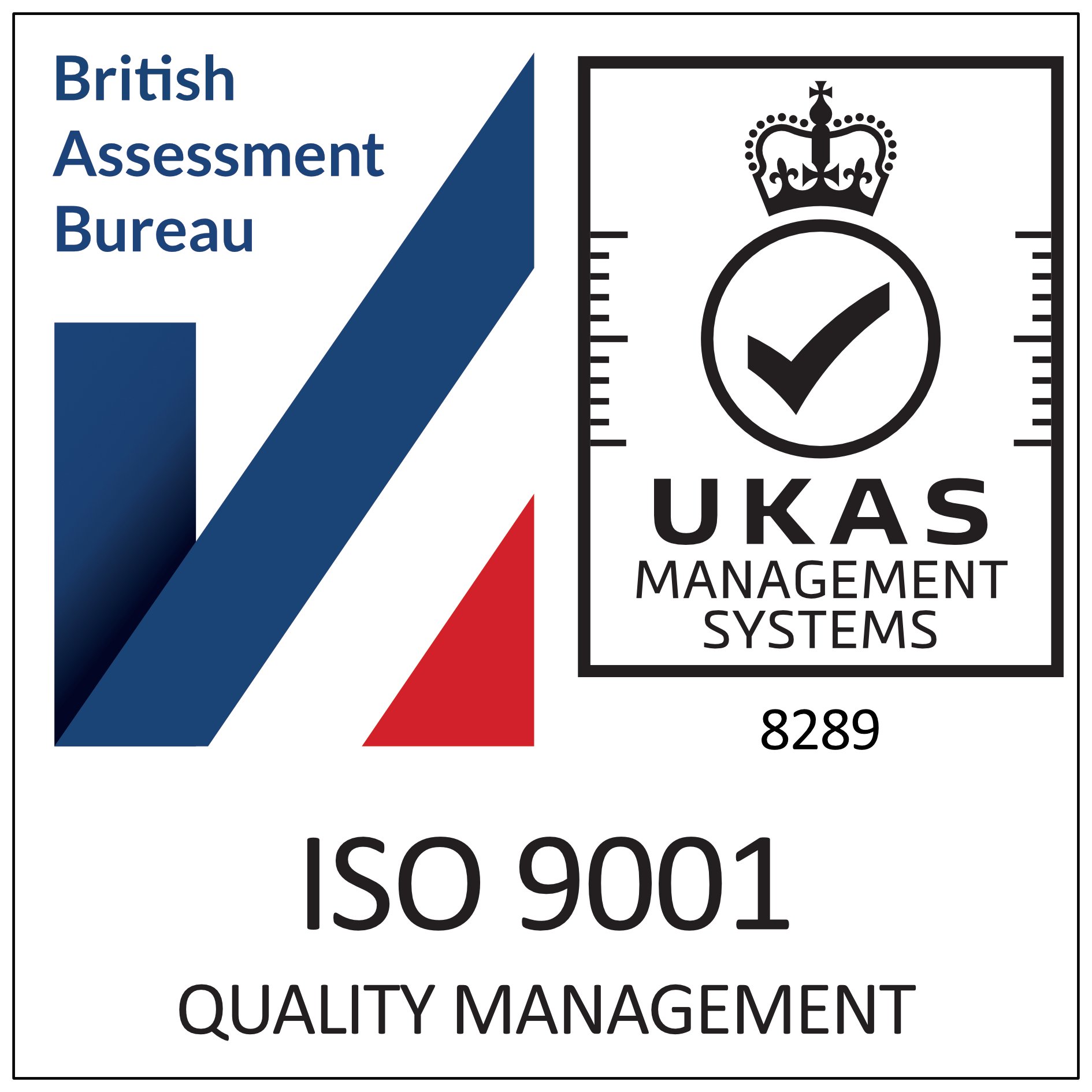Maximise the potential of Microsoft Teams with Direct Routing
Direct Routing Explained
Microsoft Teams Direct Routing is the flexible, accessible and cost-effective alternative to Microsoft Calling Plans Serving as an extension of Microsoft Teams. Enabling end-users to make internal calls, as well as external calls through the PSTN whenever and wherever they like, on any device. Allocation of UK and international DDIs extends your reach even further, ensuring your employees and customers are always connected. The best bit… it is all delivered via your existing Teams client – no additional apps or complicated setup processes required.
Organisations can use Teams for all their business calls or slowly migrate from a legacy PBX, depending on their needs. And since Teams clients work on a PC/Mac or smartphone, users can make and receive calls from almost anywhere, on any device, staying connected and productive.
Virocom have a built a cluster of AudioCodes, Microsoft certified Session Border Controller (SBC) required to connect Teams to a Communications Service Provider . Teams uses IP-based voice connections, commonly referred to as SIP Trunks to connect to the rest of the world. AudioCodes SBCs secure these connections and assure interoperability so organizations can select from hundreds of service providers across the globe.
Organisations can use Teams for all their business calls or slowly migrate from a legacy PBX, depending on their needs. And since Teams clients work on a PC/Mac or smartphone, users can make and receive calls from almost anywhere, on any device, staying connected and productive.
What Do I Need to Get Started with Teams Calling?
Getting started is easier than you think, here are the 4 key requirements:
Microsoft Phone System license in Microsoft 365 (typically included in the E5 package and an add-on for E3 – check your contract for details).
A telecom provider that can provide SIP Trunks for Teams (a dial tone provider). SIP Trunks are the industry term for what Microsoft calls Direct Routing. If you choose a new dial tone provider, you will need to either port your existing phone numbers to the new provider or get new phone numbers (the provider can offer details and timing for each option).
A Microsoft-certified Session Border Controller to terminate the SIP Trunks. The SBC acts as a voice firewall and can mitigate interoperability issues.
A trained staff member or an IT professional who can assist with the solution set-up.





